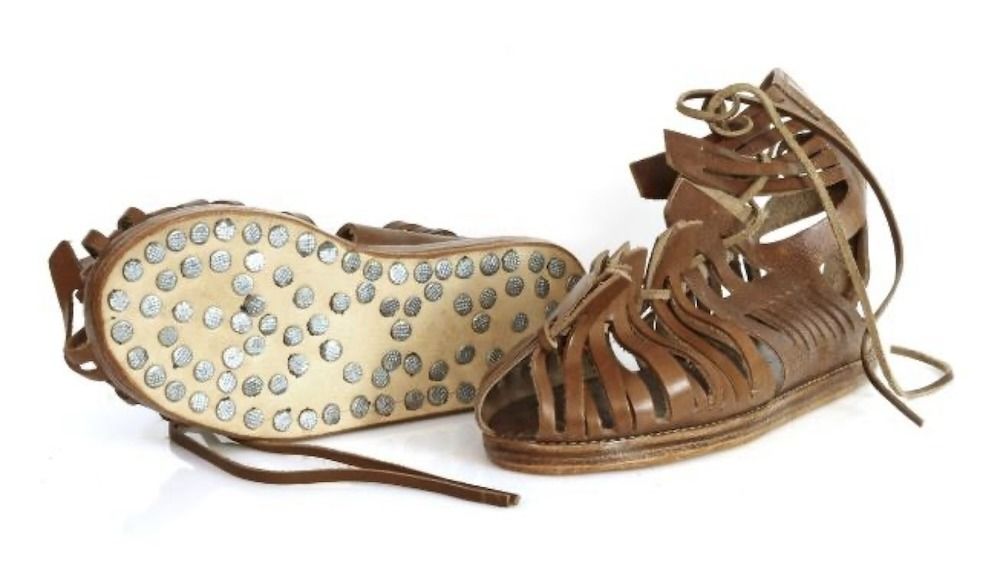Archaeologists have discovered the remains of a 2,000-year-old Roman sandal near an ancient military fort in Germany.
Researchers unearthed the military-style footwear while conducting excavation work at a civilian settlement on the outskirts of a Roman military fort near Oberstimm, a city in the state of Bavaria. The settlement would have been occupied sometime between A.D. 60 and 130, according to a translated statement from the Bavarian State Office for Monument Preservation (BLfD).
All that was left of the leather shoe, which researchers analyzed using X-rays, was its sole and some “well-preserved nails.”
The X-rays revealed that the shoe was a caliga, a heavy-duty, hobnailed sandal that was part of the uniform issued to Roman legionary soldiers and auxiliaries. The shoe would have been worn while the person was marching, with the nails providing traction. Caligae were protective against blisters and conditions such as trench foot, according to the Trimontium Museum in Scotland. The third Roman emperor — dubbed Caligula, or “little boot” — got his nickname as a boy from his father’s soldiers.
However, the Roman army began transitioning away from wearing these sandals by the end of the first century A.D., according to the museum. At that point, Roman soldiers tended to wear enclosed boots known as calcei.
Related: 12 old shoes found in archaeological excavations from around the world
“So-called caligae were mainly worn by Roman soldiers during the Roman Empire,” Amira Adaileh, a consultant at the BLfD, said in the statement. “The find makes it clear that the practices, lifestyles and clothing that the Romans brought with them to Bavaria were adopted by the local people.”
In addition to the sandals, archaeologists found food scraps, pottery, a sickle and “costume components” at the settlement site, according to the statement.
“Surprise finds such as the shoe sole from Oberstimm make it clear again and again that valuable information is collected even after archaeological excavations have been completed,” Mathias Pfeil, curator general at the BLfD, said in the statement.
